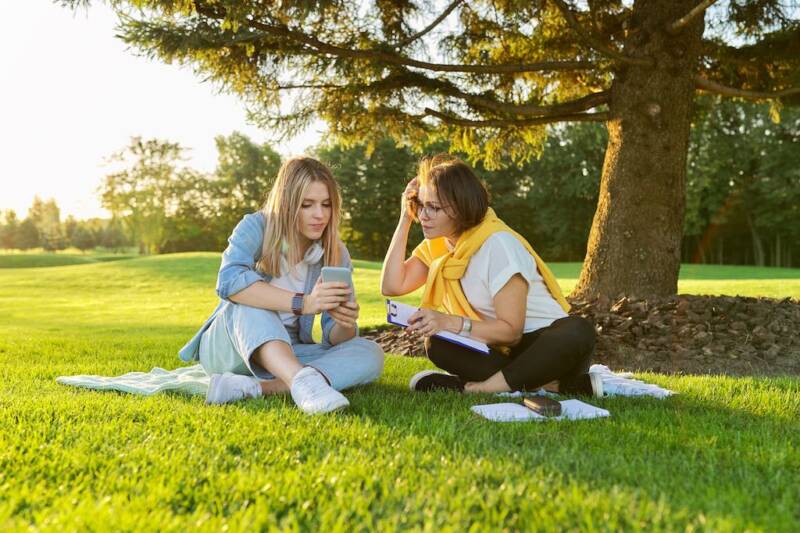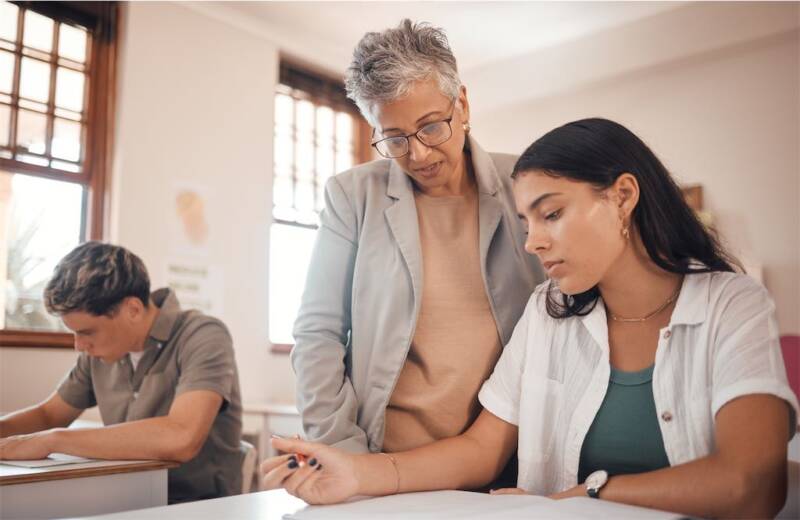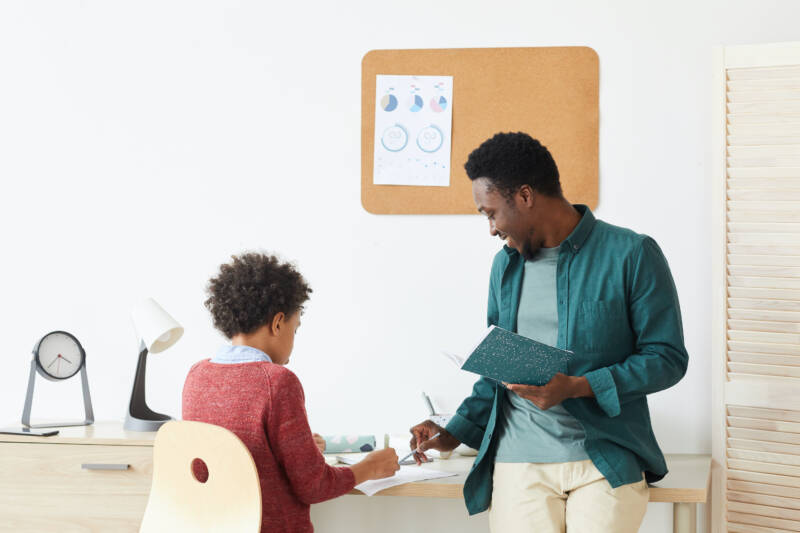
In recent years, social and emotional learning (SEL) has gained traction as an essential tool in creating a positive learning environment for children. It is a powerful tool for improving student engagement, behavior management, and academic success. Integrating SEL into daily classroom routines can help children develop critical skills such as self-awareness, responsible decision-making, teamwork, and empathy. The concept might sound complex, but incorporating SEL into daily classroom routines is a simple and practical approach that can make a significant impact. Here are some practical strategies to help you incorporate SEL into daily classroom routines.
1. Morning Meetings:
Morning meetings are an excellent way to start the day and set a positive tone for learning. During morning meetings, children have a chance to greet each other and share a little bit about themselves. You can also provide opportunities for children to share their feelings and emotions, helping them recognize and manage their emotions. During morning meetings, you can teach children essential social-emotional skills such as active listening, empathy, and self-reflection.
2. Check-ins and Closure Activities:
Check-ins and closure activities are essential bookends for the instructional day. Check-ins help children transition into the learning mode, while closure activities help them reflect on what they learned. Check-ins and closure activities can be quick and straightforward, such as having children share their high points and low points of the day. These activities also provide an opportunity for children to connect with their classmates, learn from each other, and build positive relationships.

3. Collaborative Learning:
Collaborative learning is an essential aspect of SEL. It promotes teamwork, communication, problem-solving, and critical thinking skills. When children work together, they can learn from each other, build social connections, and develop a sense of belonging. Teachers can facilitate collaborative learning opportunities through group projects, peer tutoring, partner work, and classroom discussions. Collaborative learning opportunities can also promote academic achievement and engagement.
4. Community-Building Activities:
Community-building activities are fun and engaging ways to build a sense of community among students. These activities can help students get to know each other, build trust, and foster positive relationships. You can facilitate community-building activities by having students work in small groups on a project, create a classroom mural, participate in a cultural celebration, or take part in a service project.
5. Mindfulness Activities:
Mindfulness activities are a great way to help children manage their emotions and focus on the present moment. They promote self-awareness and emotional regulation, which are essential components of SEL. Mindfulness activities can be as simple as taking a mindful breath, practicing yoga, or doing a mindfulness meditation. Teachers can also incorporate mindfulness activities into subject areas such as science, social studies, and literature.

Incorporating SEL into daily classroom routines is a simple and practical approach that can make a significant impact on students’ social, emotional, and academic development. Incorporating practical strategies such as morning meetings, check-ins and closure activities, collaborative learning, community-building activities, and mindfulness activities is an excellent way to begin integrating SEL into your classroom. As teachers incorporate SEL practices, they create a welcoming and inclusive learning environment where students can thrive. SEL is a powerful tool that can equip students with the skills they need to be successful in school and in life.
If you would like to learn more about teaching social emotional learning skills, schedule a demo with us today.
